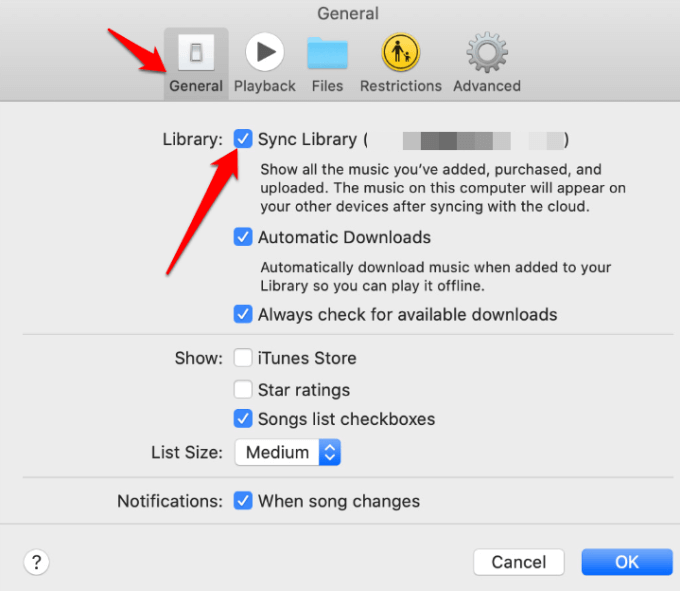

- #Out sync worth it song how to
- #Out sync worth it song full
This issue most commonly occurs in the DisplayName, GivenName, and Surname attributes in the AttributeStatement, for example:įor more information on how to format the NameID element, see SSO assertion requirements. Ensure that the the SAML Response doesn't include any non-standard ASCII characters.If your Identity Provider is encrypting your SAML Assertion, disable encryption.NameID is case-sensitive: ensure that the SAML Response is populating NameID with a value that matches the case of the Google Workspace username or email address.To be certain, extract the SAML Response you're sending to Google Workspace, and check the value of the NameID element. Ensure that you're populating the NameID element with a valid username or email address.
#Out sync worth it song full
If you're using a full email address in your NameID element (you must be if you are using SSO with a multidomain Apps environment), ensure that the Format attribute of the NameID element specifies that a full email address is to be used, as in the following example: Format="urn:oasis:names:tc:SAML:2.0:nameid-format:email". In the Google Admin console, go to Security Set up single sign-on (SSO) with a third party IdP and click Replace certificate. 
Ensure that you've uploaded a valid certificate to Google Workspace, and if necessary replace the certificate.Google Workspace parses the SAML Response for a XML element called a NameID, and expects this element to contain a Google Workspace username or a full Google Workspace email address. It can also occur if your SAML Response doesn't contain a viable Google Accounts username. It usually means the private key used to sign the SAML Response doesn't match the public key certificate that Google Workspace has on file. This error indicates a problem with the certificates you're using to sign the authentication flow. "This service cannot be accessed because your login request contained no recipient information.

Required details of all the required elements, please review the article SSO assertion requirements.
Required attribute, which must contain the ACS URI. Defines the entity intended to receive the Subject. Optional, but if declared it will need a value of the ACS URI. URI that identifies the intended audience which requires the value of ACS URI. Check the following table for descriptions and examples for each element. All elements must be included in the SAML assertion. This error indicates that the destination, audience or recipient elements in the SAML assertion contained invalid information or were empty. For optimum security and reliability, we recommend that you use one of these existing solutions and cannot offer support for your own custom SSO software.Ĭontents of the SAML Response "This service cannot be accessed because your login request contained invalid information. Most commercially-available or open-source SSO Identity Providers transmit the RelayState seamlessly by default. Extract the RelayState from the HTTP headers with both the SAML Request and Response, and make sure that the RelayState values in the Request and Response match. Diagnose this issue further by capturing HTTP headers during a login attempt. According to the SAML standard specification, your Identity Provider should not modify the RelayState during the login flow. For authentication to complete successfully, the exact RelayState must be returned in the SAML Response. Google Workspace provides this value to the Identity Provider in the SAML Request, and the exact contents can differ in every login. The SAML 2.0 specification requires that Identity Providers retrieve and send back a RelayState URL parameter from Resource Providers (such as Google Workspace).







 0 kommentar(er)
0 kommentar(er)
